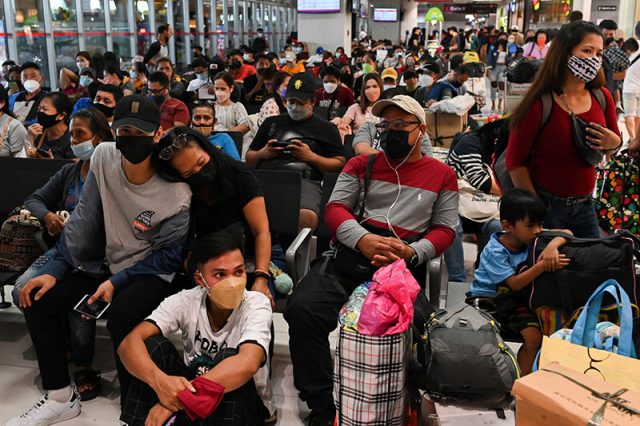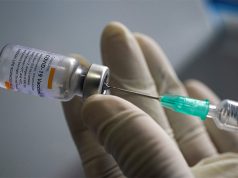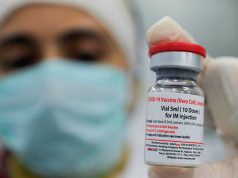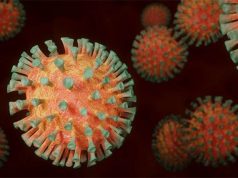
Concerns about contact tracing efforts and COVID-19 testing emerged after the health department reported that it detected the first Omicron subvariant BA.2.12 case in the country.
The carrier was a 52-year-old Finnish woman who arrived from Finland on April 2. She was not required to undergo isolation in a quarantine facility since she arrived asymptomatic and was fully vaccinated.
The woman traveled to a university in Quezon City and then to Baguio City to conduct a lecture.
Nine days after she arrived, she experienced mild symptoms such as headache and sore throat.
The patient finished her seven-day isolation, was tagged as recovered and returned to Finland on April 21.
Local health authorities conducted contact tracing after she tested positive. Nine asymptomatic close contacts were initially identified and two of them were tested, which turned out to be negative.
The Department of Health said that none of her hosts were also infected.
As of Thursday, the health agency announced that it identified at least 44 of the patient’s close contacts.
“We were able to see most of them were fully vaccinated. Some were tested and negative. Nobody is experiencing symptoms as of this time,” the health agency said.
It also reminded the public to strictly observe minimum public health protocols and get booster shots to increase their protection against the severity of the disease.
“The public can avoid all variants, whether new or currently circulating, by continuing to wear the best-fitting mask, isolate when sick, double up protection through vaccination and boosters, and ensure good airflow,” the DOH said in an advisory.
The agency also encouraged immunocompromised individuals to get their second booster shots or the fourth dose of COVID-19 vaccine, especially since immunity wanes over time.
The Omicron subvariant BA.2.12 has been tagged as 20% more transmissible than BA.2, which is already more infectious than the original Omicron variant.
Despite this, the World Health Organization has not yet classified BA.2.12 as a variant of concern or interest. There is still no evidence that it can cause a more severe form of the viral disease.
The subvariant has been seen as a factor in the recent uptick of cases in the United States and South Korea.
Meanwhile, the entrance of BA.2.12 concerned some Filipinos who questioned protocols and how it was being implemented before it was eventually detected.
“For sure nakakalat na ‘yang variant na ‘yan, hindi naman nagte-test na masyado eh,” a Twitter user claimed.
“Wala kayong contact tracing tapos biglang may nahanap, k,” another online user commented.
“So, niluwagan ang ports of entry, binago ang reporting ng metrics, divested in tracing, binago kung sino ang pwedeng maipatest, pinilit ang mga tao na magbalik sa lugar ng trabaho at full capacity, at ngayon sasabihin na baka kumalat na ang subvariant?” statistician Peter Cayton tweeted.
RELATED: Filipinos urged to follow health protocols amid COVID-19 surge in other countries
Metro Manila and other regions, including Baguio City, have been under COVID-19 Alert Level 1 since March following the decrease in the number of infections.
Prior to that, quarantine and isolation protocols were shortened for fully vaccinated individuals and their close contacts. The DOH also said that asymptomatic close contacts who are not part of the vulnerable groups are not required to get tested as well.
The government also approved the entrance of fully vaccinated foreign nationals without the need for an entry exemption document.
The trade chief likewise discouraged work-from-home setups in private companies to supposedly help the economy recover as reporting to offices would “stimulate spending.”









